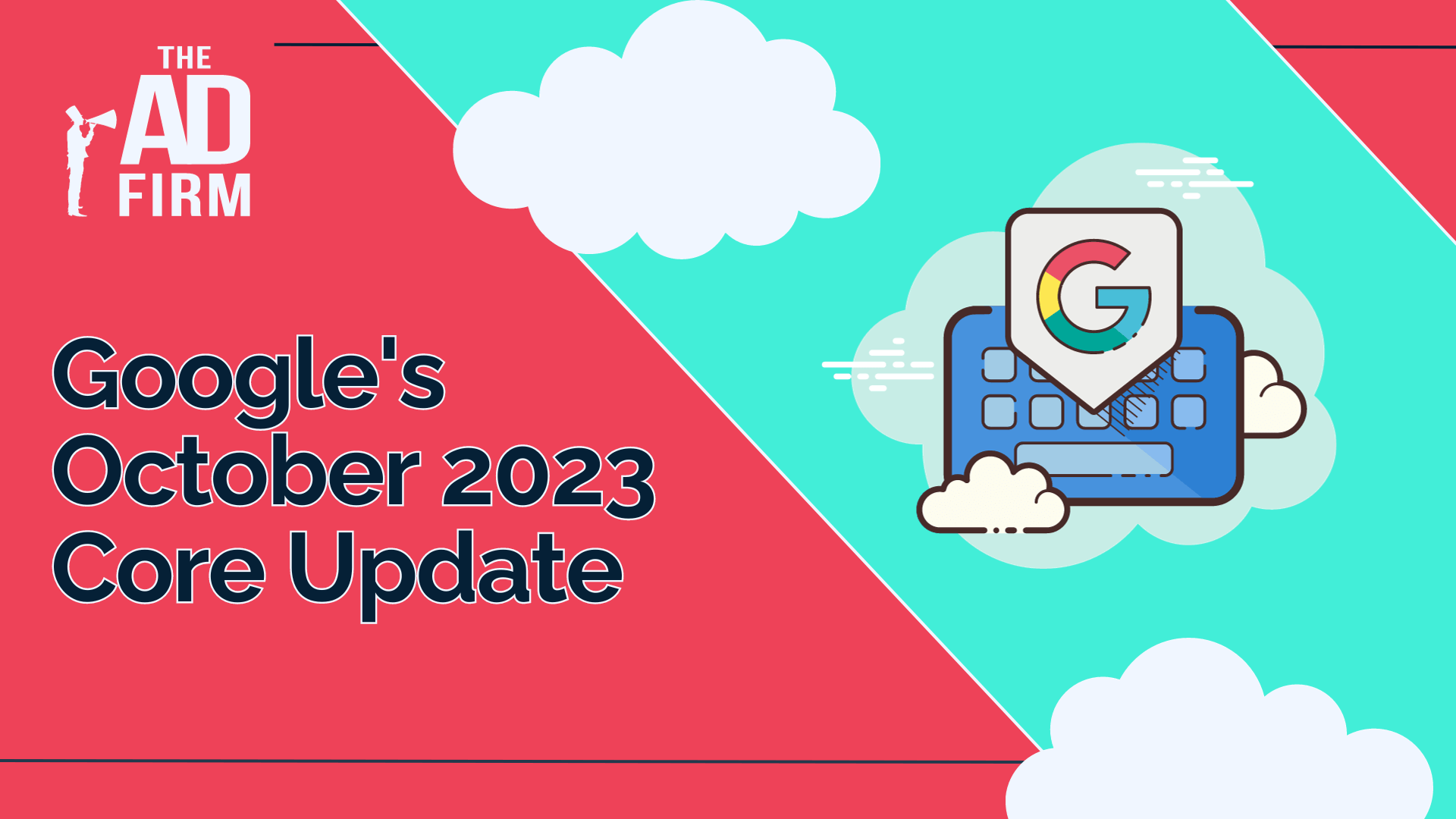Google keeps refining its search algorithm to deliver better results to users. One of the ways it does this is through core updates. The most recent of these is the October 2023 Core Update. Let’s dive into the specifics of this update and why it matters to website owners, marketers, and regular users.
What is the October 2023 Core Update?
The October 2023 Core Update is a major update that Google has announced and is scheduled to be released in October 2023. This update aims to improve the overall quality of search results by making significant changes to Google’s algorithms, particularly with regard to ranking factors.
The update began its rollout in early October and, in line with previous patterns, took several weeks to fully implement. During this period, many website owners noticed fluctuations in their site’s search rankings. These variations are a normal and expected part of the process as Google’s new algorithm parameters take effect.
This update differs from previous core updates in that it focuses more on content relevance and user experience rather than technical aspects such as page speed or mobile-friendliness. This means that website owners, as well as marketing professionals in an SEO company, will need to pay more attention to their content and ensure that it is valuable, relevant, and user-friendly in order to maintain or improve their rankings.
How is the October 2023 Core Update Different from Previous Core Updates?
Unlike specific updates targeting particular issues (like mobile-first indexing or page speed updates), core updates have broader impacts on search results. While Google rarely provides exhaustive details about its updates, they’ve offered some general insights:
Key Differences of the October 2023 Core Update
Heightened Emphasis on User Experience (UX): While UX has always been a consideration, the October 2023 update has given it substantial weight. This means that elements such as website load speed, mobile compatibility, and ease of navigation have become even more critical ranking factors.
Advanced E-E-A-T Assessment: Previous updates introduced the concept of Expertise, Authoritativeness, and Trustworthiness (E-E-A-T). However, the October 2023 update appears to have advanced mechanisms to evaluate these factors more rigorously, emphasizing the credentials of content creators and the overall credibility of a website.
Content Relevance Overhaul: Google’s ability to match content with user intent has been refined further. The October update boasts better tools for determining whether a page’s content genuinely corresponds with what users are seeking, possibly leading to more accurate search results.
Comparing to Past Updates
- Broad Core Update (March and August 2023): The two preceding updates in 2023 were also expansive, but they emphasized different facets. The March update focused on refining the understanding of user queries, while the August one tweaked how backlinks were evaluated. Neither put as much emphasis on UX or had the same level of sophistication in assessing E-E-A-T as the October update.
- BERT Update (2019): This update was a significant leap in understanding user queries, especially for more complex or conversational searches. However, it was primarily about understanding the context rather than evaluating website content or UX.
- Medic Update (2018): This was an E-E-A-T oriented update, but it mainly targeted health and wellness websites. The October 2023 update, in comparison, broadens this approach to evaluate E-E-A-T across all sectors and niches.
Potential Impact on Website Rankings
For website owners and managers, the crucial question is: How will this update affect my site’s rankings? Here’s what you might expect:
- Fluctuations: It’s typical to witness ranking fluctuations during and after the rollout of a core update. Some websites may see their rankings drop, while others might experience a boost.
- Content Re-evaluation: The October update means that Google’s systems might re-evaluate page content more rigorously. If a page was previously over-performing despite not being the best match for certain queries, its rankings might drop.
- User Experience Penalties: Websites that have been ignoring user experience might see a dip in rankings. Slow loading times, difficult navigation, or non-mobile-friendly designs can now harm a site’s position on the SERPs.
What Can You Do?
It’s natural to feel a bit anxious after a core update, especially if your website’s rankings have taken a hit. Here are some actionable steps:
- Analyze and MonitorSEO isn’t static. What worked yesterday might not work tomorrow. Regular monitoring ensures you aren’t blindsided by changes, while constant analysis provides the insights needed to adapt and refine your strategies.
- Metrics to Monitor: Look for drops in organic traffic, shifts in page views, bounce rates, and session durations. If there are significant changes, dig deeper into specific pages and keywords.
- Meticulous Content AuditContent isn’t just king—it’s the entire kingdom.
- Beyond Relevance: Sure, your content is relevant, but is it authoritative? Google’s sophisticated algorithms can differentiate between content that merely addresses a topic and content that offers profound insights. Every piece of content should pass the “expertise” test.
- Holistic Content Strategy: This isn’t just about blog posts or articles. It includes videos, infographics, podcasts, and any medium through which you convey information. Each element should cohesively contribute to your site’s overall narrative.
- Prioritize Exceptional UXUser Experience (UX) is a critical factor in determining whether users will stick around or abandon your site. Here are some starter tips to improve UX:
- Rapid Response: Site speed is non-negotiable. Use advanced tools like GTmetrix or WebPageTest for a granular analysis of your site’s performance, identifying elements that may be slowing you down.
- Adaptive Design: Mobile optimization is now the standard, not an exception. With Google’s mobile-first indexing, your site must flawlessly cater to both desktop and mobile users.
- User-Centric Navigation: Your site’s structure should echo user intent and behavior. Integrate breadcrumbs, streamline your menu structure, and ensure users can find what they seek within seconds.
- Elevate E-E-A-TIn today’s digital realm, credibility is currency:
- Showcase Expertise: Do your content creators have authoritative backgrounds? Whether it’s academic qualifications, industry experience, or niche expertise—highlight it.
- Trust Signals: Integrating verifiable data, citing authoritative sources, and showcasing testimonials or certifications can bolster your site’s trustworthiness.
The October 2023 Core Update is a reminder that the digital landscape is ever-evolving. Staying updated, ensuring your website offers genuine value to users, and focusing on best practices can help you navigate these changes. Remember, Google’s goal is always to enhance the user experience. Aligning your strategies with this goal will always set you on the right path. To better navigate the uncertainty of the October 2023 Core Update, be sure to work with a reputable digital marketing agency like The Ad Firm. Our team of experts will ensure your website is optimized for success and help you identify potential risks as well as opportunities that come with Google’s latest update. Contact us today to learn more about how we can help get your business ahead of the curve!









